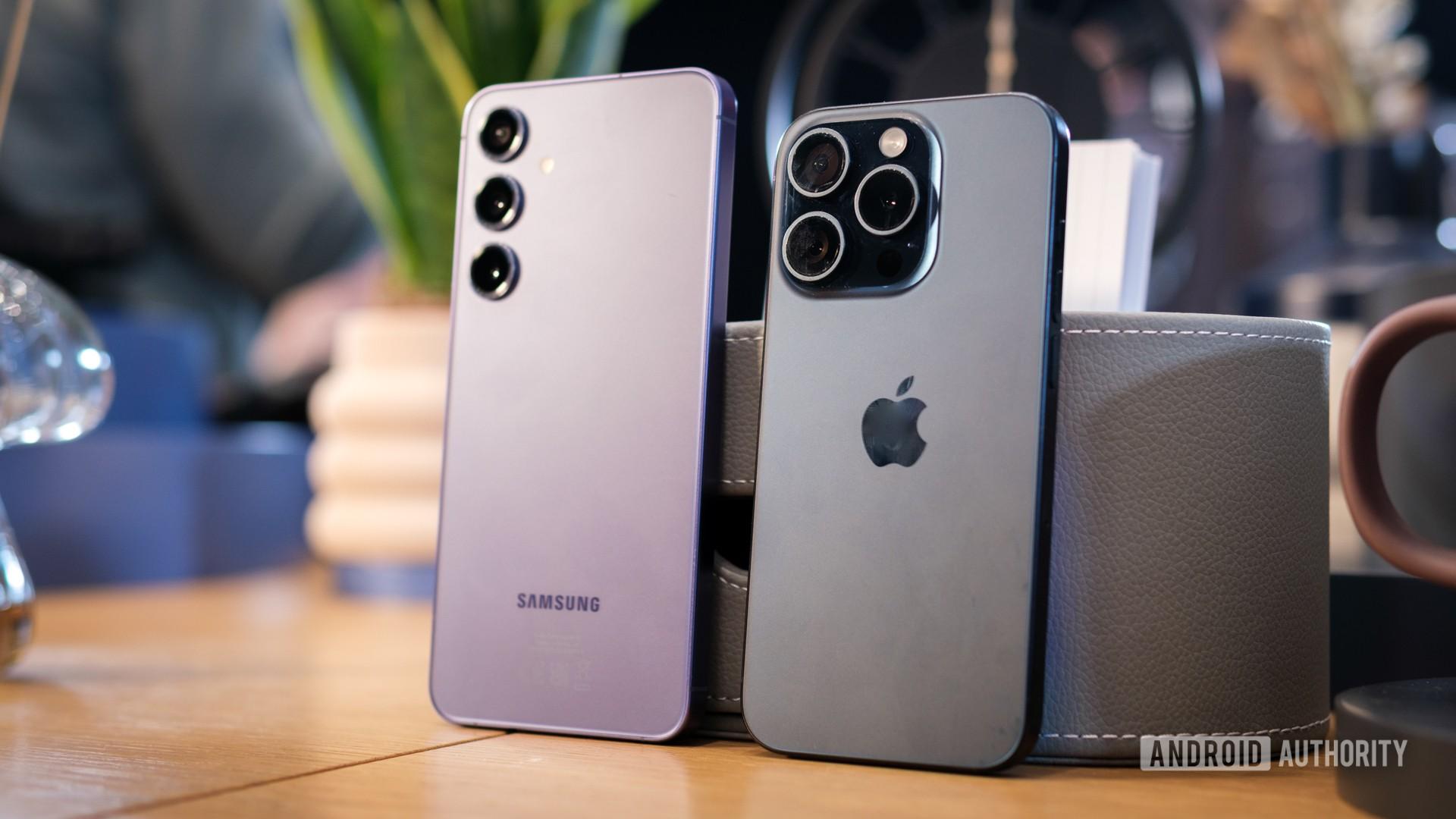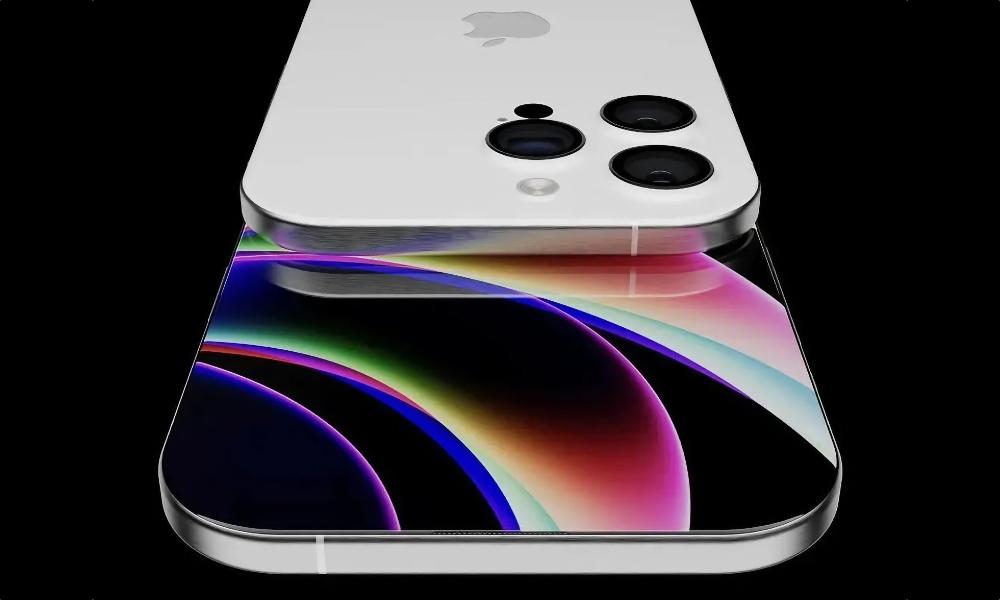In the ever-evolving landscape of smartphones, the rivalry between Apple and Android has long shaped the way we connect, create, and communicate. As we step into 2025, this iconic duel shows signs of transformation-where innovation, user experience, and ecosystem integration blur the lines that once sharply divided the two giants. But is the gap truly closing, or are Apple and Android simply running parallel races with different strategies? This article dives into the latest advancements, market trends, and consumer shifts to unravel the story behind the tech titans’ ongoing battle for supremacy.
Table of Contents
- Apple and Android Ecosystems Evolving Together for Seamless User Experience
- Innovations in Hardware and Software Bridging the Performance Divide
- Privacy and Security Features Shaping Consumer Trust and Choice
- App Development Trends and Their Impact on Platform Loyalty
- Choosing the Right Device in 2025 Based on Individual Needs and Preferences
- Key Takeaways
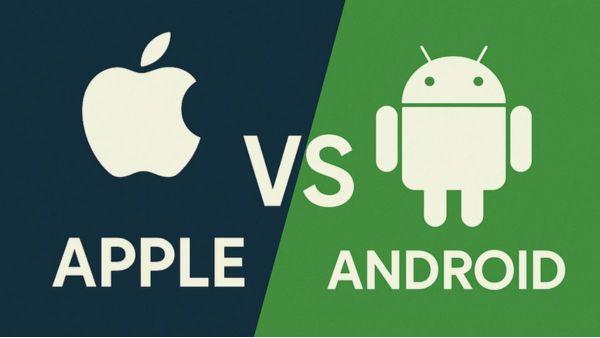
Apple and Android Ecosystems Evolving Together for Seamless User Experience
In recent years, Apple and Android have shifted from fierce competitors to co-evolving ecosystems, each borrowing and inspiring features that enhance the overall user experience. This symbiotic development means that users no longer feel confined by the limitations of their chosen platform. Instead, they benefit from innovations that promote seamless integration across devices and services, regardless of brand loyalty.
Both ecosystems now emphasize cross-platform continuity, evident in features like universal messaging, shared media libraries, and synchronized notifications. This convergence fosters convenience, as users can effortlessly switch between smartphones, tablets, and smartwatches without losing context. Additionally, the rise of cloud services and AI-driven personalization has further blurred the lines, creating a more unified digital lifestyle.
Consider the following areas where Apple and Android have made significant strides together:
- Interoperability: Enhanced Bluetooth and NFC standards enable better communication between devices, including cross-platform file sharing.
- Smart Assistants: Siri and Google Assistant have adopted more natural language processing techniques, improving responsiveness and contextual understanding.
- Privacy Controls: Both ecosystems have introduced granular permissions and transparency tools, empowering users to manage data usage more effectively.
| Feature | Apple | Android |
|---|---|---|
| Cross-device Handoff | Robust and seamless within Apple devices | Improving with third-party app support |
| Unified Messaging | iMessage + SMS integration | RCS adoption for richer messaging |
| Privacy Dashboard | App Tracking Transparency | Enhanced Permission Manager |
As these ecosystems continue to evolve together, the user benefits from a wider array of choices, less friction, and a more personalized digital environment. The once-clear boundaries between Apple and Android are softening, signaling a future where the focus lies squarely on user-centric innovation rather than platform rivalry.
Innovations in Hardware and Software Bridging the Performance Divide
In recent years, the once-clear performance chasm between Apple and Android devices has been narrowing, thanks largely to groundbreaking innovations in both hardware and software realms. Apple’s in-house silicon chips, such as the M-series processors, have set new benchmarks for efficiency and raw power, pushing the envelope of what mobile devices can achieve. Meanwhile, Android manufacturers have responded with their own custom SoCs (System on Chips) and AI-driven optimizations, making flagship devices more competitive than ever.
On the software front, both ecosystems have moved toward smarter integration of AI and machine learning to enhance user experience and system responsiveness. Android’s adoption of modular updates and Project Treble has accelerated OS improvements and security patches, reducing fragmentation. Apple’s tight integration between iOS and hardware continues to provide seamless performance, but Android’s flexibility is closing the gap in terms of app optimization and multitasking efficiency.
Key Hardware and Software Enhancements Include:
- Custom AI accelerators embedded in processors for real-time data processing
- Advanced thermal management systems to sustain peak performance under load
- Cross-platform developer tools enhancing app efficiency and battery life
- Improved GPU architectures driving smoother graphics and gaming experiences
| Feature | Apple | Android |
|---|---|---|
| Processor | A17 Bionic with Neural Engine | Snapdragon 8 Gen 3 with AI Core |
| OS Update Speed | Instant, yearly major updates | Faster modular updates via Project Treble |
| Thermal Control | Liquid cooling with dynamic scaling | Graphene-based heat spreaders |
| AI Integration | Deep hardware-software synergy | Open ecosystem with customizable AI features |
Privacy and Security Features Shaping Consumer Trust and Choice
In a digital era where personal data is the new currency, both Apple and Android ecosystems have significantly ramped up their privacy and security frameworks to win consumer confidence. Apple continues to champion a privacy-first approach, embedding end-to-end encryption across iMessage, FaceTime, and iCloud backups, ensuring that user data remains impenetrable even to their own servers. Their stringent App Store policies and frequent privacy nutrition labels are designed to give users transparency and control, making privacy a tangible selling point.
On the other hand, Android’s open ecosystem has historically faced challenges in standardizing privacy protections, but 2025 marks a notable shift. Google’s introduction of enhanced sandboxing techniques, stronger permission controls, and the rollout of Android Private Compute Core-a secure enclave for sensitive AI processing-has elevated its security posture. These innovations empower users to personalize privacy settings without sacrificing the flexibility that Android is known for.
Key privacy and security differentiators include:
- Apple: Robust hardware encryption, on-device processing for Siri, and proactive app tracking transparency.
- Android: Granular permission management, secure app sandboxing, and AI-driven threat detection embedded in Google Play Protect.
| Feature | Apple | Android |
|---|---|---|
| Encryption | Default end-to-end | Standard with optional enhancements |
| App Permissions | Explicit user consent & transparency | Granular and flexible control |
| Biometric Security | Face ID & Touch ID with Secure Enclave | Varies by manufacturer; Google’s Titan M chip |
| Data Processing | On-device AI for privacy | Private Compute Core for sensitive data |
Ultimately, consumer choice is increasingly influenced by trust in how personal data is managed and protected. Apple’s closed ecosystem guarantees a highly curated security environment, while Android’s evolving framework offers a promising balance of customization and privacy. As both platforms continue to innovate, the gap in privacy and security features is not just closing-it’s reshaping the way users perceive digital safety in their everyday devices.
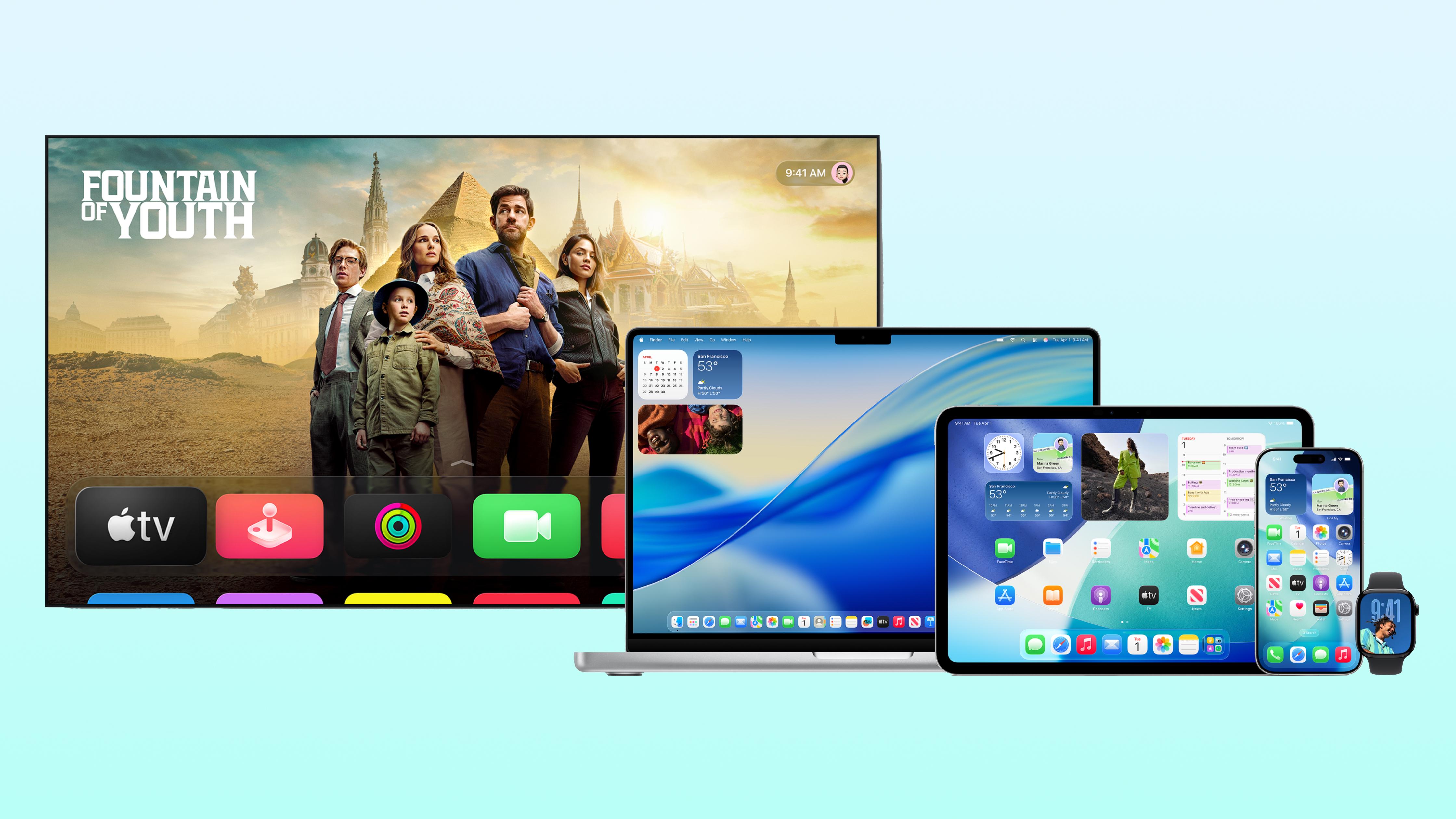
App Development Trends and Their Impact on Platform Loyalty
In the rapidly evolving app development landscape, users no longer feel confined by the traditional boundaries of their chosen platforms. Cross-platform frameworks like Flutter and React Native have empowered developers to deliver near-native experiences across both Apple and Android devices simultaneously. This has created a subtle shift in how platform loyalty is nurtured, as consumers increasingly prioritize app quality and functionality over exclusive ecosystem features.
Emerging trends such as AI-driven personalization and seamless cloud integration are also disrupting long-standing loyalty patterns. Applications now adapt dynamically to individual user preferences regardless of whether they access them from an iPhone or an Android device. This fluidity reduces the friction that once anchored users to a single platform, encouraging a more flexible app engagement model.
Moreover, the rise of subscription-based app models and in-app services is reshaping user commitment. Developers focus on creating compelling, cross-platform content that retains subscribers beyond the device level. This approach fosters brand loyalty that transcends hardware allegiance, making the platform itself less of a deciding factor.
- Cross-platform tools enhance uniformity in user experience.
- AI personalization fosters engagement without platform bias.
- Subscription services encourage loyalty to apps rather than devices.
| Trend | Impact on Loyalty | Platform Benefit |
|---|---|---|
| Cross-platform frameworks | Reduces platform lock-in | Broader user reach |
| AI-powered customization | Enhances user retention | Increased app engagement |
| Subscription models | Builds brand loyalty | Steady revenue streams |
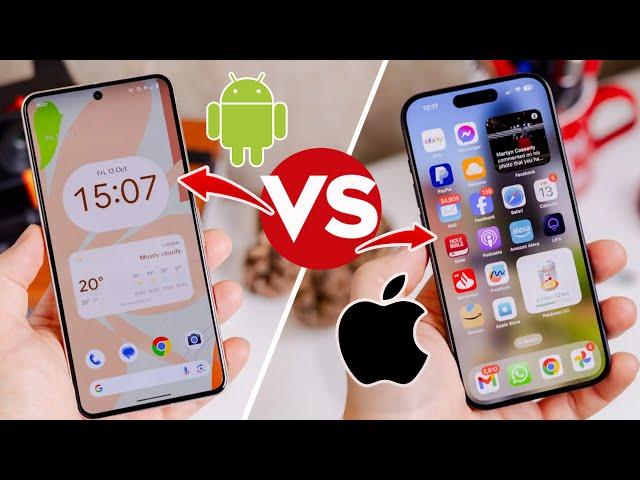
Choosing the Right Device in 2025 Based on Individual Needs and Preferences
When it comes to selecting a device in 2025, the decision hinges less on brand loyalty and more on aligning features with personal lifestyle and preferences. Apple continues to captivate users with its seamless ecosystem, prioritizing privacy and polished design. Meanwhile, Android offers unmatched customization and variety, catering to those who value flexibility and a broader range of hardware options.
Consider your daily habits and digital priorities before making a choice. Are you someone who thrives in a tightly integrated environment where your phone, laptop, and wearable work in perfect harmony? Or do you prefer to tailor each aspect of your device experience, from interface to hardware specifications? Your answer will guide you toward a platform that complements your unique workflow and entertainment needs.
- Apple shines for users who treasure simplicity, premium build quality, and consistent software updates.
- Android excels for those who desire customization, diverse device options, and expandable storage.
- Cross-platform compatibility is increasingly important, especially for users juggling multiple operating systems.
| Need/Preference | Ideal Choice | Key Feature |
|---|---|---|
| Privacy & Security | Apple | On-device data processing |
| Customization | Android | Custom ROMs & widgets |
| Hardware Variety | Android | Wide price range & form factors |
| Seamless Ecosystem | Apple | Continuity features |
Ultimately, the gap between Apple and Android narrows as both ecosystems borrow strengths from each other, but the perfect device remains one that feels tailor-made for your everyday rhythm. Weigh these factors carefully, and you’ll find that 2025 offers a device for every type of user.
Key Takeaways
As we step further into 2025, the rivalry between Apple and Android continues to shape the landscape of mobile technology. While the gap that once seemed insurmountable is undeniably narrowing, each ecosystem still holds its unique strengths and loyal followers. Whether you lean toward the seamless elegance of Apple or the versatile innovation of Android, the true winner is the consumer-whose choices have never been richer or more exciting. In this evolving dance of features, design, and user experience, one thing remains clear: the future of smartphones is not about which side leads, but how both continue to push boundaries and inspire each other to reach new heights.